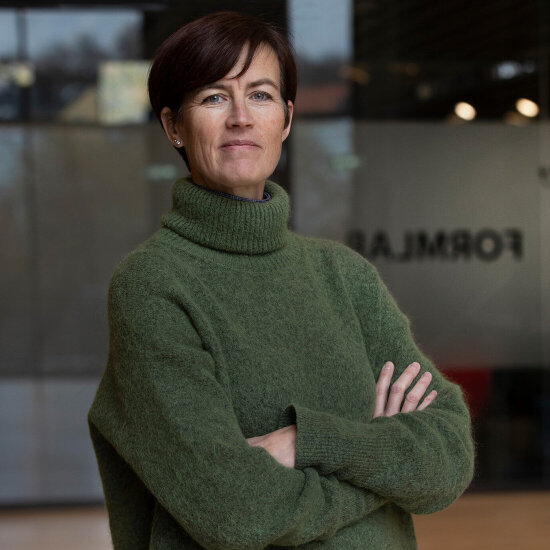If you have a heavy goods vehicle licence or are over 70 years old, you must consult a doctor regularly to obtain a medical declaration confirming your fitness to drive and physically take it to a Public Roads Administration’s traffic office. On the roads, it’s the police who control the right of motorists to drive and digitalised medical records are now the responsibility of the new Directorate for e-health.
All this costs society billions of kroner in public administration costs – but also lost job earnings, as people spend time going to their doctor and to the traffic office.
Agreeing on the problem
The first important step for the designers was to gather all the involved parties in one room. By visualising the whole service journey from the citizen’s perspective, the agencies could agree on the essence of the problem.
A problem that can be solved by one agency might lead to difficulty in a different agency. This underlines the need for a common understanding, so the various agencies can cooperate and find solutions that work for everyone. In this way, it is possible to find new ways of delivering a service.
The questions were many and complex. Why do drivers have to show up in person both at the doctor’s and the traffic office? Does a driving licence represent physical proof of a person’s right to drive, that drivers must always carry with them, or might their right to drive be confirmed in other ways? How can we best safeguard privacy when handling sensitive health data?
Common understanding
The project was financed by the Agency for Public Management and eGovernment (Difi) and Design and Architecture Norway (DOGA) through the Stimulab initiative. This is a so-called phase zero project, where the aim is to use design methodology to uncover the real problems rather than to realise new solutions.
The most important result in this project was that, for the first time, the four organisations, now have a common understanding of the problem. The Directorate of Public Roads has decided to carry on with the work following on from the first phase, and Rambøll and Halogen have been hired to support the programme over the next three to five years.
Facts
- Design: Halogen
- Client: The Norwegian Public Roads Administration, the Norwegian Directorate of Health, the National Police Directorate and the Directorate of eHealth

